Total Lunar Eclipse: Watch last Blood Moon of 2022 online live on NASA, check list of cities
The last total lunar eclipse of 2022 can be seen in several Indian cities. Know when, where and how here.
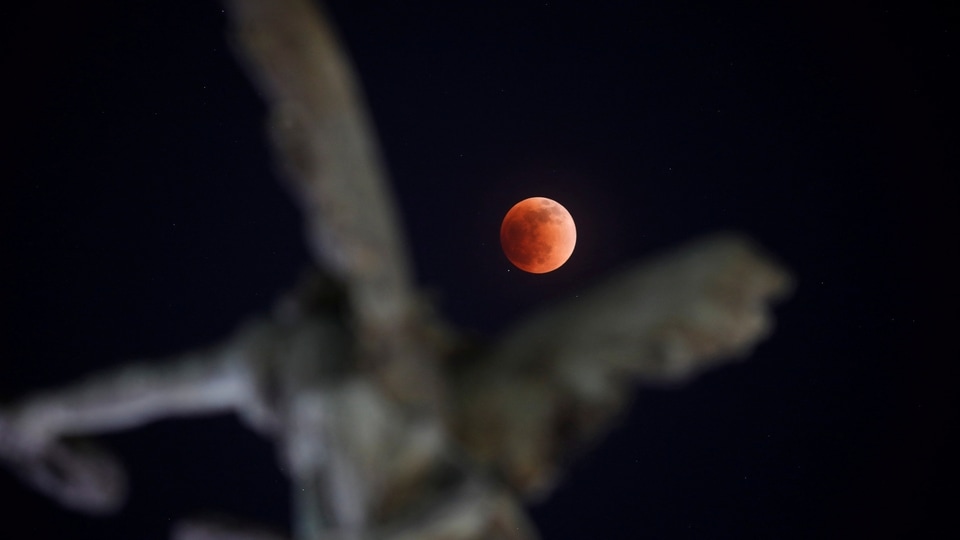
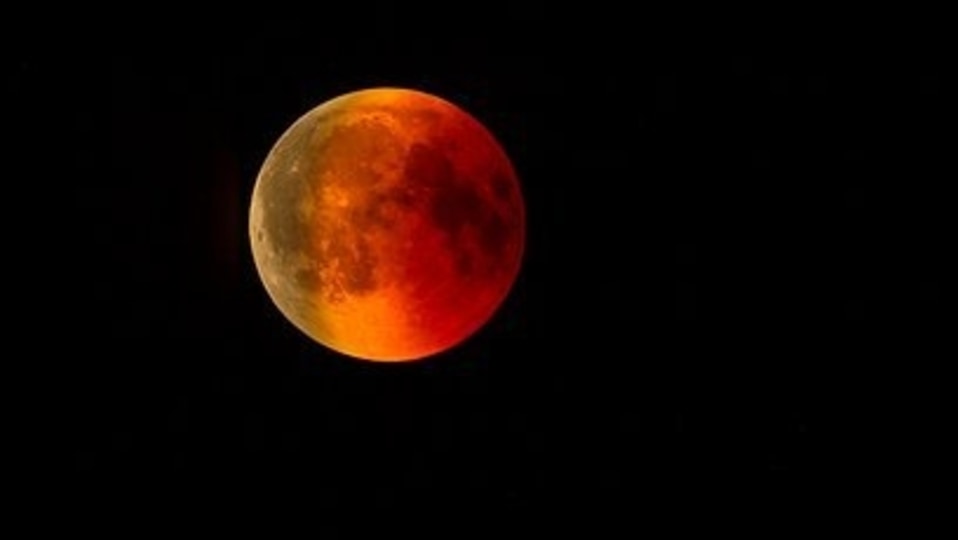
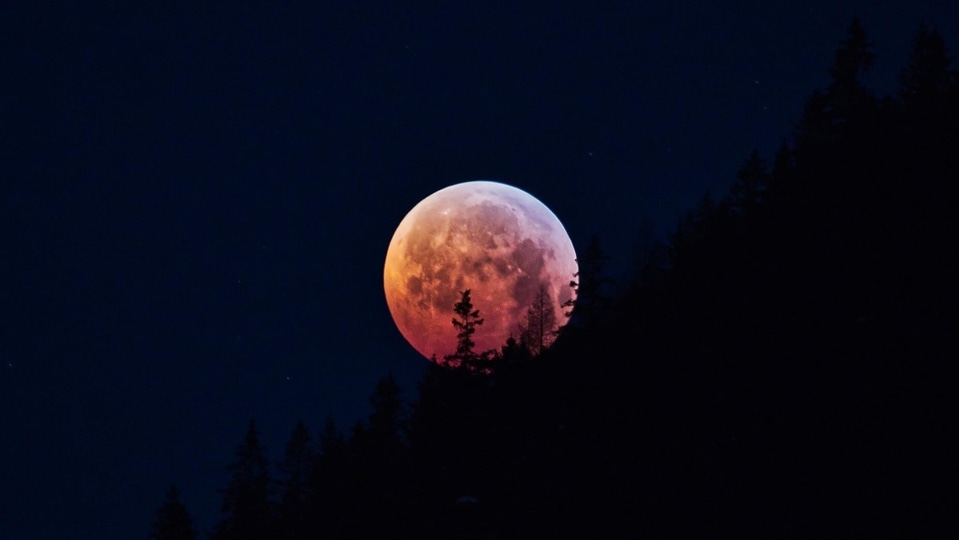
_1651891018983_1651891041408.jpg)
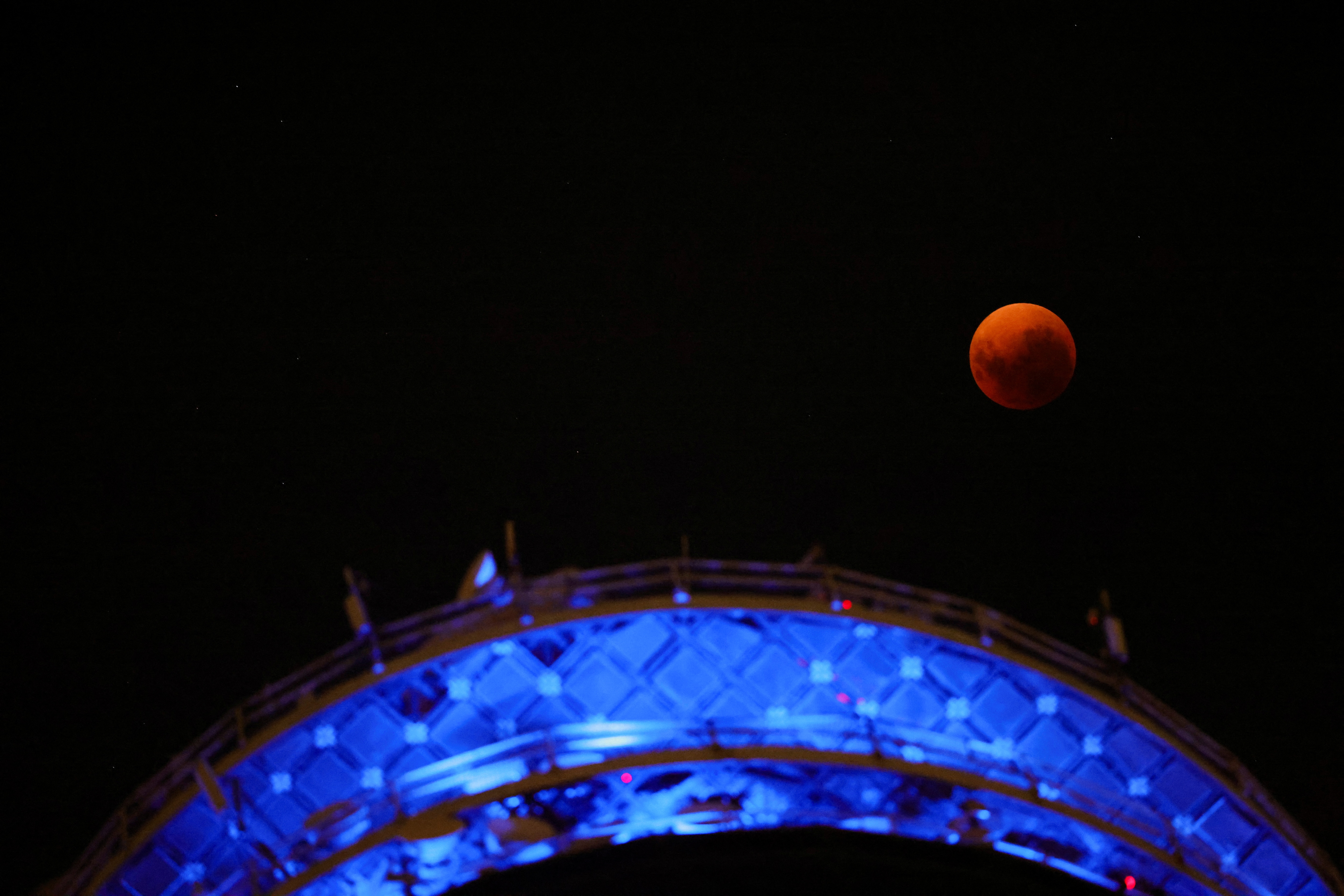
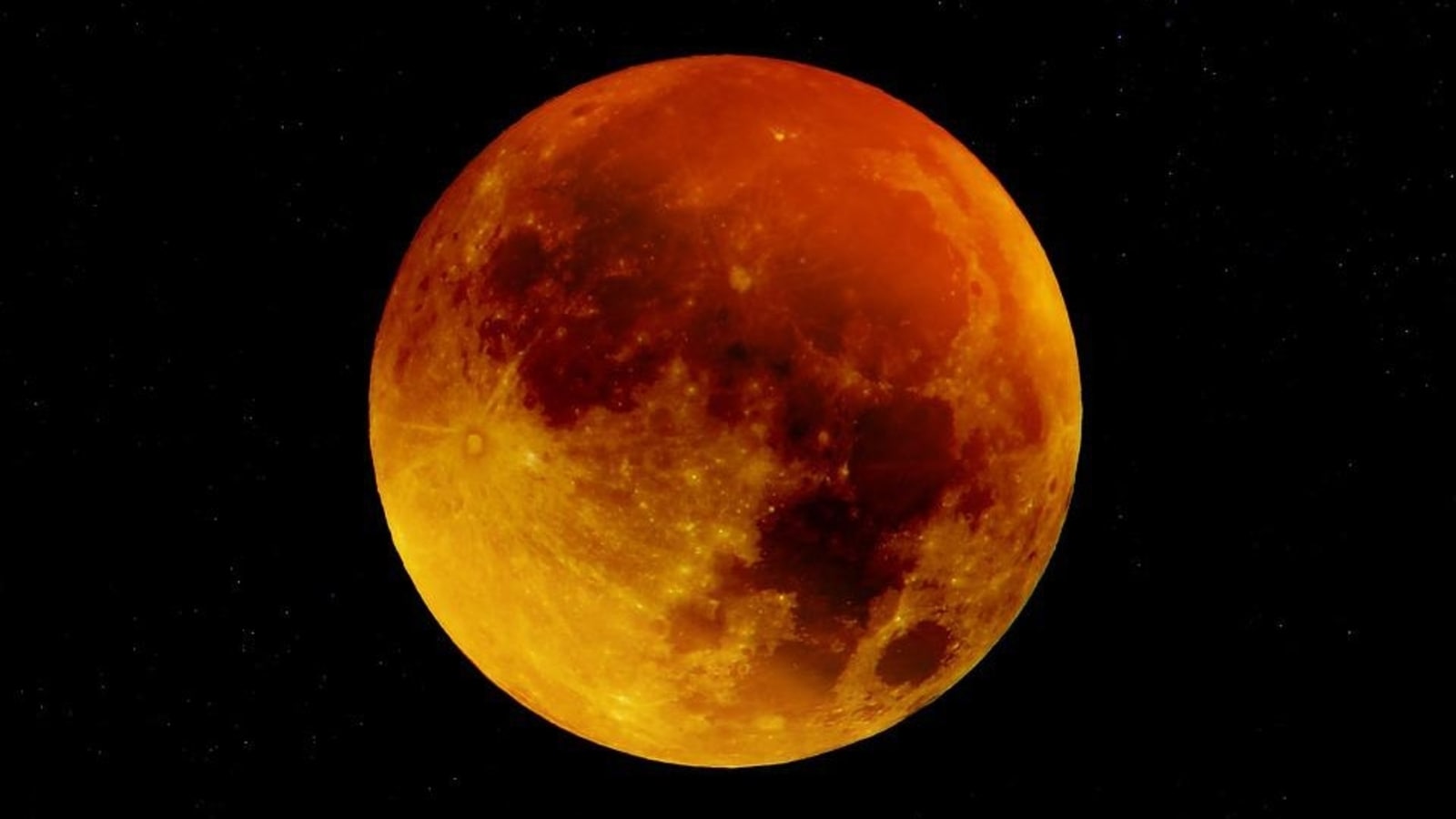
 View all Images
View all ImagesThe last total lunar eclipse (Chandra Grahan) of the year 2022 will take place tomorrow, Tuesday, November 8. The moon will be turning blood red tomorrow and hence will also be known as Blood Moon. Also, according to NASA, this will be the last total lunar eclipse for about three years as the next total lunar eclipse will be occurring on March 14, 2025. However, what can be noted is that we will still be able to see partial and penumbral lunar eclipses during these three years.
NASA tweeted about the same saying, "On November 8, 2022, the Moon will pass into Earth's shadow and turn red. This will be the last total lunar eclipse for about 3 years, so be sure to check it out if it's visible in your area." The total chandra grahan can be watched in India and several other parts of the world. Here are the details you need to know about the last total lunar eclipse of 2022.
Last Total Lunar Eclipse 2022: When and where to watch the eclipse
According to NASA, Totality (total lunar eclipse)― the stage of the eclipse where the Moon is entirely in Earth's shadow ― will be visible across North and Central America and in Ecuador, Colombia, and western portions of Venezuela and Peru. In Puerto Rico, the Moon sets just after totality begins. The eclipse is also visible in Asia, Australia, and New Zealand. Viewers in Alaska and Hawaii will have the opportunity to see every stage of the eclipse.
Last Total Lunar Eclipse 2022 in India
The lunar eclipse will also be visible in several parts of India. According to a report by Hindustan Times, the total eclipse will be visible in Kohima, Agartala, Guwahati, Kolkata, Bhubaneswar, Siliguri, Patna and Ranchi. While the partial chandra grahan will be visible in Delhi, Ahmedabad, Bengaluru, Mumbai, Nagpur, Srinagar, Noida, Gurugram, Chandigarh, Hyderabad, Chennai, Surat, Pune, Jaipur, Lucknow, Madurai, Udaipur, and more cities in the West, South and North parts of the country.
The eclipse will be visible to people from the moonrise time. However, the beginning phase of the partial and total Eclipse will not be visible because both events begin when the Moon is below the horizon everywhere in India. The eclipse will start with the moon rise and will end with the moonset in India.
The partial lunar eclipse will start at 2:10 pm and the total lunar eclipse at 3:47 pm. The total lunar eclipse will end at 5:11 pm and the moon sets at 6:19 pm.
Last Total Lunar Eclipse 2022: How to observe the eclipse
No special equipment is required to observe a lunar eclipse, although binoculars or a telescope will enhance the view and the red color. A dark environment away from bright lights makes for the best viewing conditions.
Last Total Lunar Eclipse 2022: How to watch it live online
Numerous organizations including NASA and individuals around the globe present live streams and videos of lunar eclipses. An online search will provide multiple options for viewing from your computer screen. You can also visit NASA's Dial-a-Moon for a visualization of the eclipse.
Catch all the Latest Tech News, Mobile News, Laptop News, Gaming news, Wearables News , How To News, also keep up with us on Whatsapp channel,Twitter, Facebook, Google News, and Instagram. For our latest videos, subscribe to our YouTube channel.




























